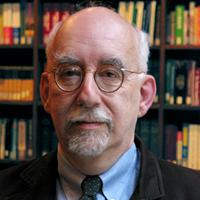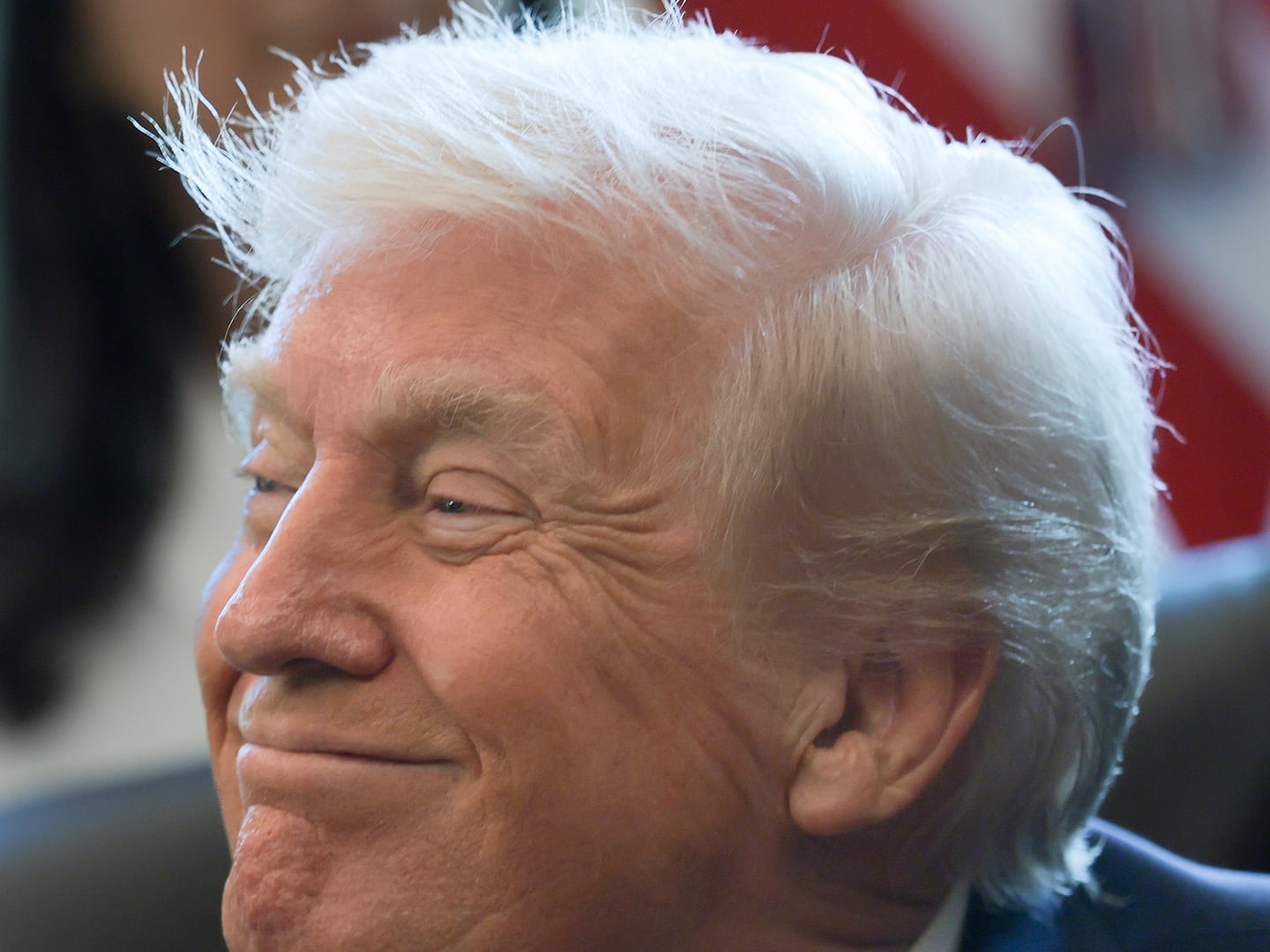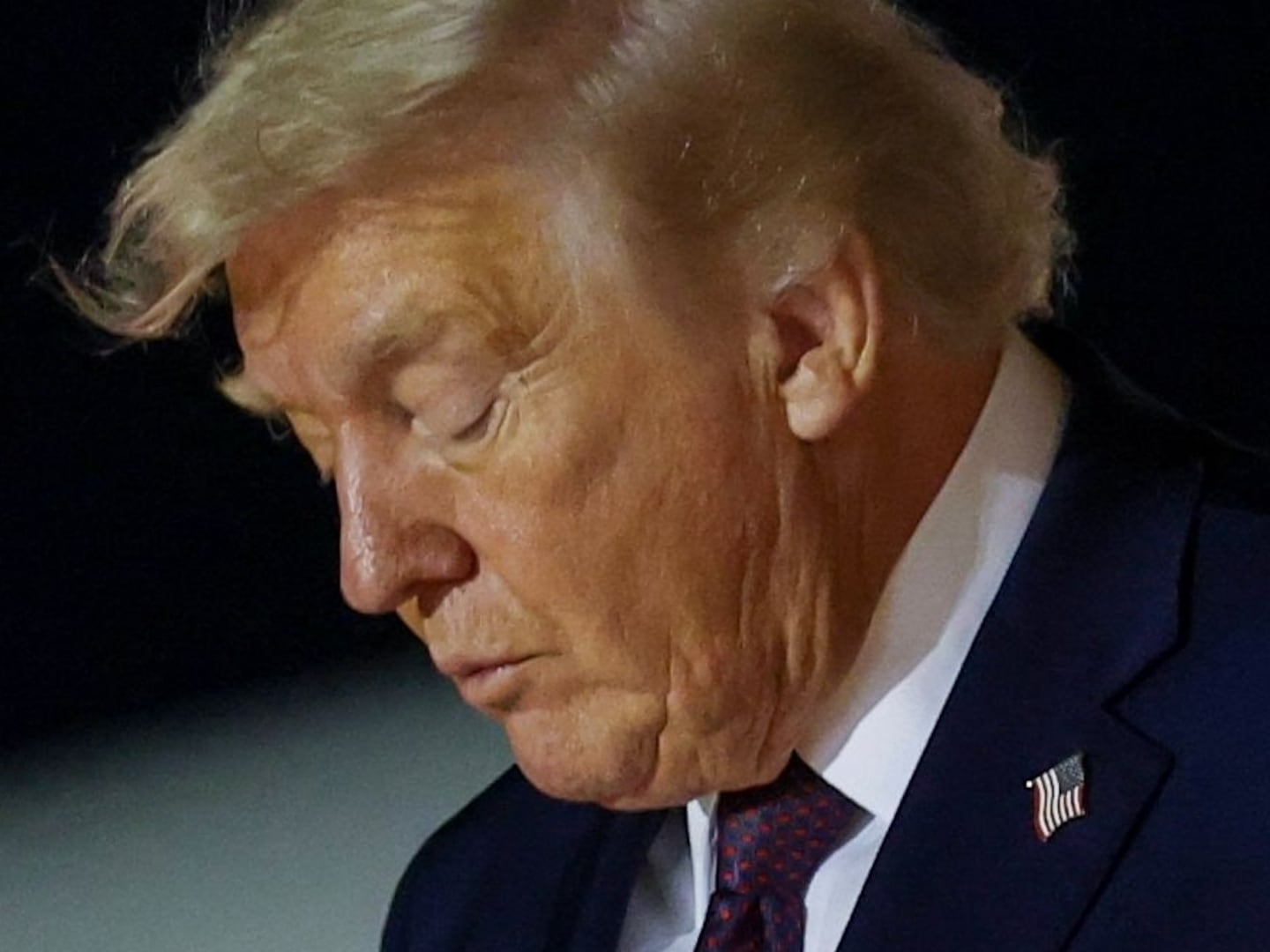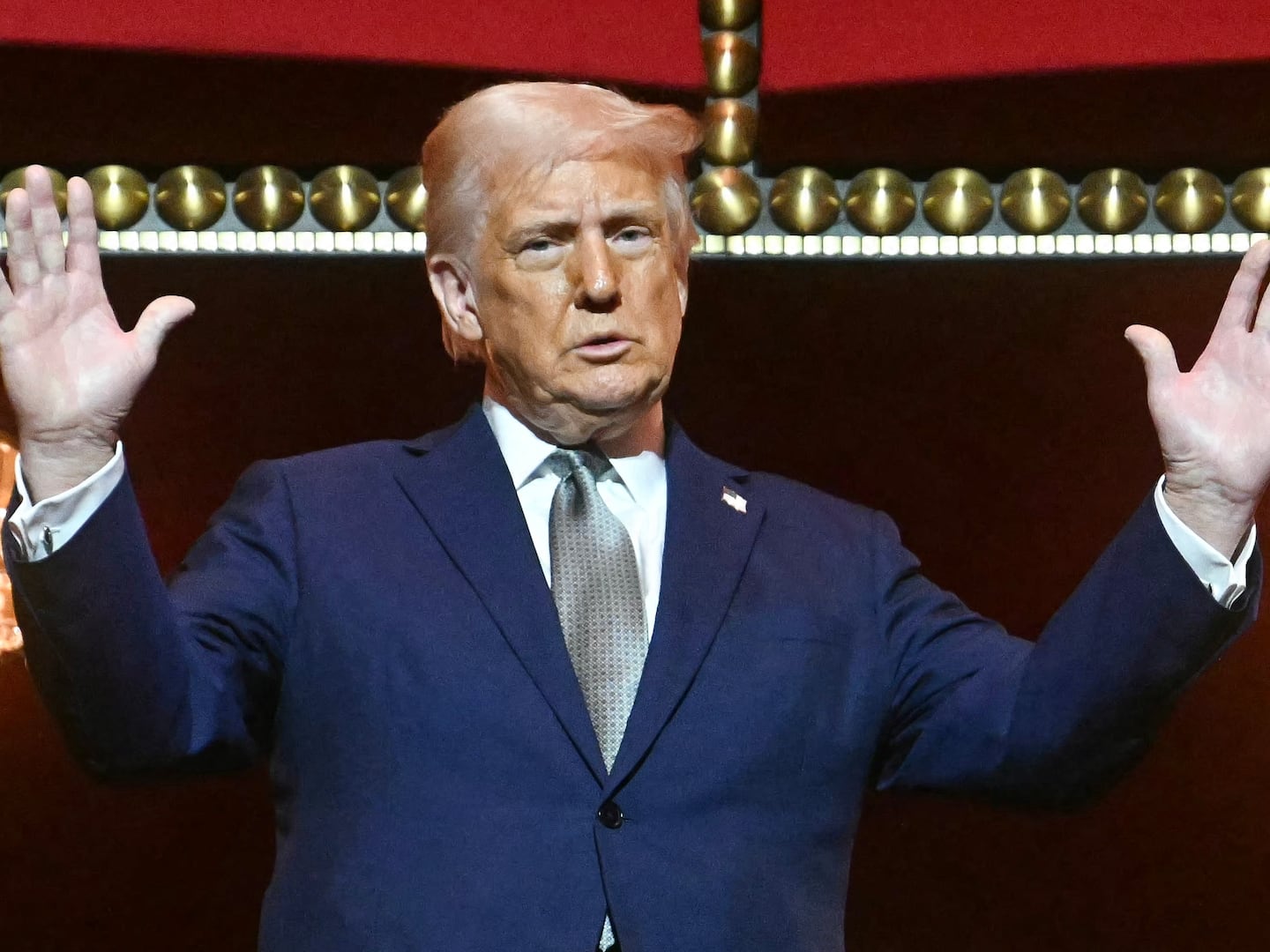Composed with pointed ideological purpose, the bracing new biography Coolidge celebrates a president of character who cut taxes, reduced the national debt, and trimmed the federal government. In Amity Shlaes’s generous account, a competent and not truly taciturn Calvin Coolidge serves as a beacon for principled conservatism. Following on the heels of the Harding scandals, he offered clean government based on thrift. Cutting the size of the federal government, his administration contained, even rolled back, the new administrative state that had been fashioned by the muscular progressivism of Theodore Roosevelt and the reform liberalism of Woodrow Wilson. This achievement, for Shlaes, was a source of great bounty—prosperity, rising wages, technological advances, and even global peace.

Worried that President Coolidge’s record of achievement has been overlooked, Shlae’s reverential book is not characterized by reservations. The “scientific taxation” sponsored by Treasury Secretary Andrew Mellon was “a beauty to behold.” More than 50 presidential vetoes kept spending in check. Pressures to give excessive bonuses to veterans or expend significant funds on disaster relief or flood prevention were courageously resisted. The administration propelled “the national economy to move to greater heights” by treating any potential deficit as a deep moral as well as instrumental failing, by generating budget surpluses, by guarding property rights, and safeguarding markets. These policies produced “growth on a scale to which we can aspire today.”
The choice of biography as the form with which to make these arguments is awkward, something of an odd choice as the means to push back against conventional understandings and putative amnesia. As Shlaes acknowledges, we already possess recent fair-minded biographies of Coolidge by Robert Sobel and David Greenberg, each of which she admires. Coolidge himself is hardly remarkable as a person. Principled and intelligent, keen on thrift, and devoted to his wife, his personal life offers little source material for the kind of drama that often propels compelling biographical narratives. What truly is interesting is how his confrontations with unions as the governor of Massachusetts—especially during the Boston police strike of 1919—made him a national figure and a vice president, and how his dogged pursuit of limited government was put in practice after Warren Harding died in August 1923. But these matters hardly require a new full-blown biography.
The form, moreover, imposes significant costs. The majority of the book’s pages detail a life before the presidency, without new revelations or fresh insights. What is thought-provoking is how, in this case, the personal was political. The Coolidge family’s harsh experiences with private debt helped craft the politician’s views about public restraint. Though most of the book, especially the chapters dealing with the presidential years, is concerned with public policy, these discussions on the whole lack the analytical qualities that characterized Shlaes’s The Forgotten Man, a history of the Great Depression castigating the New Deal for programs that, in her view, retarded economic recovery.
Though I found those claims to be deeply flawed, I admired that book’s clear-sighted assertiveness and attempt to make the best possible case for an unorthodox argument. Here, by contrast, critical scrutiny often is sacrificed to tribute. Key questions do not get asked. What precise mechanisms link public austerity with economic growth? Is budget balancing truly an unwavering requirement for capitalist prosperity? What are the limitations of such policies? How might we assess the growth of inequality they often foster?
Too often, the book dodges such issues. Rather than assess counterevidence or alternative claims, Coolidge either repeats assertions of success based on short-term correlations between fiscal tightness and economic growth, or quickly turns to tales of fishing trips and personal ailments, family quarrels, and atmospherics of presidential travel; that is, to the stuff the genre inherently requires.
The braiding of a profile of Coolidge with the author’s present-day political purposes masks troubling features of his presidency and frequently ignores or downplays disquieting counterfacts. The ’20s were marked by a severe agricultural depression that heralded the larger crash to come. President Coolidge signed the most restrictive and racist immigration act in American history that included Japanese exclusion (a provision he did not like) and sent signals across the Pacific that ultimately helped propel Japan’s hypernationalism. Though the president disliked the KKK and abhorred lynching, he took no effective steps to counter these horrors. Coolidge stayed silent about the trial that led to the execution of Ferdinando Sacco and Bartolomeo Vanzetti in August 1927. He opposed federal flood-control policies and generous relief despite the Great Mississippi Flood of 1927 and the massive damage caused by flooding in New England the following year. He backed high tariff policies that ultimately proved disastrous.
Most curious of all, Shlaes omits any serious assessment of the origins of the Great Depression. Her text is not just reserved but mute when it comes to asking hard questions about the links that might have connected the constellation of economic policies Coolidge pursued and the crash that soon followed his presidency.
Oddly, the only scrutiny she offers quietly castigates Herbert Hoover for offering more active government than Coolidge would have approved or wished to abide, both before and after the stock-market collapse. Is it credible that the relatively modest policy shifts that occurred during the transition from the Coolidge to Hoover administrations truly caused the greatest collapse in capitalism’s history, or that the moves President Hoover made to cushion the blow deepened the arc of decline? Is it not more likely that a large chunk of responsibility lies with the prior curtailment of regulation, restrictive trade policies, and moves to unfetter capital markets?
In all, this lawyer’s brief of a biography outruns its credibility. In 1981 Ronald Reagan substituted an oil portrait of Calvin Coolidge for the painting of Harry Truman that had hung in the Oval Office. He later explained, “I’d always thought of Coolidge as one of our most underrated presidents ... He cut the tax rate and government revenues increased.” Alas, not for very long.






